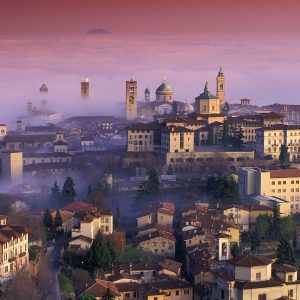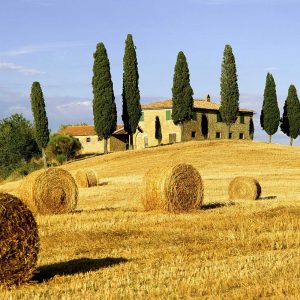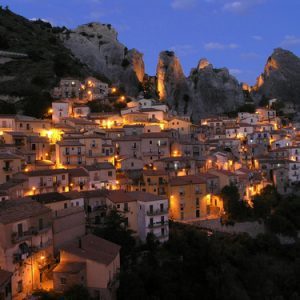About the Italian Regions
Italy is divided in twenty regions and each region is divided into provinces.
Above Liguria and Emilia-Romagna are the Northern Italian Regions; above Latium and Molise are included the Central Italian Regions, Campania , Puglia and the remaining regions are designated as the Southern Italian Regions. The Italia Insular comprises the main islands of Sicily and Sardinia .
Italian cuisine is divided into 20 regional cuisines and each regional cooking is further sub-divided into as many towns, villages and even households which makes defining what is Italian or regional cuisine a complicated task.
Cooking styles could be empirically separated in North Italian Cuisine, which include all the regions above the Po River, the Central Italian cuisine of Emilia –Romagna Tuscany, Latium, Marche and Umbria influenced by the Etruscan and Roman way of cooking and the Southern Italian cuisine where the affect of the Samnite and Greeks is present in Campania, Abruzzo, Molise, Basilicata, Apulia and Calabria.
Although Sardinia was occupied by many invaders, the culture, cuisine and life style remained attached to the old traditions with a modest influence to all foreign dominations.
Sicily , the other main island, has a particular history of dominations and transformations: most of the time the conquerors became conquered by the beauty of the nature, the people, the traditions, and they made Sicily their own homeland.
The Romans conquered the Italian peninsula, unified it into a central government and called it Italy . The Romans, who were concerned with results of their conquest, gave their subjects enough personal liberty to make them feel free. They imposed the Roman laws, collected taxes and gave their subjects the benefits of their skill in architecture and engineering by building aqueducts, sewer systems and theaters, reclaiming land and planning cities. Although Latin became the official language, each village had and used their own dialect and the conquered pursued their traditions, religion, and identity. Even though Italy was unified as one nation in 1860, these characteristics are still surviving and reflected in the various dialects, in the competition among regions, cities, villages and in the diversity of cooking.
Some regions are treated extensively because of recent visits or contributions by lovers of Italy ’s natural beauty and of the arts, folklore, culture and also importantly the cuisine.

The Northern Regions
The area in the northern part of Italy called Italia Cisalpina –meaning on this side of the Alps-, comprehends the regions on the north side of the River Po’, which includes Piedmont, Aosta Valley, Lombardy, Veneto, Trentino-Alto Adige, Friuli-Venezia Giulia and the Liguria region.

The Etruscans and Central Regions
The regions of Emilia, Tuscany, Latium, Corsica and part of Campania were inhabited since prehistoric times by the Etruscan, a people of which there are no clear historical accounts of their provenience, ...

THE SAMNITES REGIONS
Long before Roma was built, the Samnites, a population that migrated and blended with the descendants of the Italic Oschi or Opici, settled in the territory corresponding to the regions of Abruzzo, Molise, most of Basilicata and part of Campania. ...

The Greeks and the South of Italy
As with most parts of southern Italy, the region had been settled by Achaeans, Cretans, Spartans and occupied by Romans, by Gothic German tribes, by the Byzantines, Saracens, Normans, Swabians, French, Germans, ...

Sardinia
Sardinia, the second largest island and one of the oldest lands in the Mediterranean Sea, was inhabited at least 150.000 years ago and in more recent times, in the Bronze Age, it is believed that settlements were established in the island by people coming from ...
- Sicilian Appetizers
- Sicilian Delicacies
- Baked Delicacies
- Sicilian Pasta Recipes
- Traditional Sicilian Pasta
- Meatless Pasta Recipes
- Legumes and Vegetables Pastas
- Rice Recipes
- Sauces and Condiments
- Meat Recipes
- Seafood Recipes
- Egg Recipes
- Sicilian Salads
- Vegetable Recipes
- Sicilian Desserts
- Wines and Rosolio
- Festino – St. Rosalie's Feast
- Christmas – Natale
- Easter – Pasqua
- Saint Joseph Table
- Recipes of the Italian Regions
- About the Italian Regions
